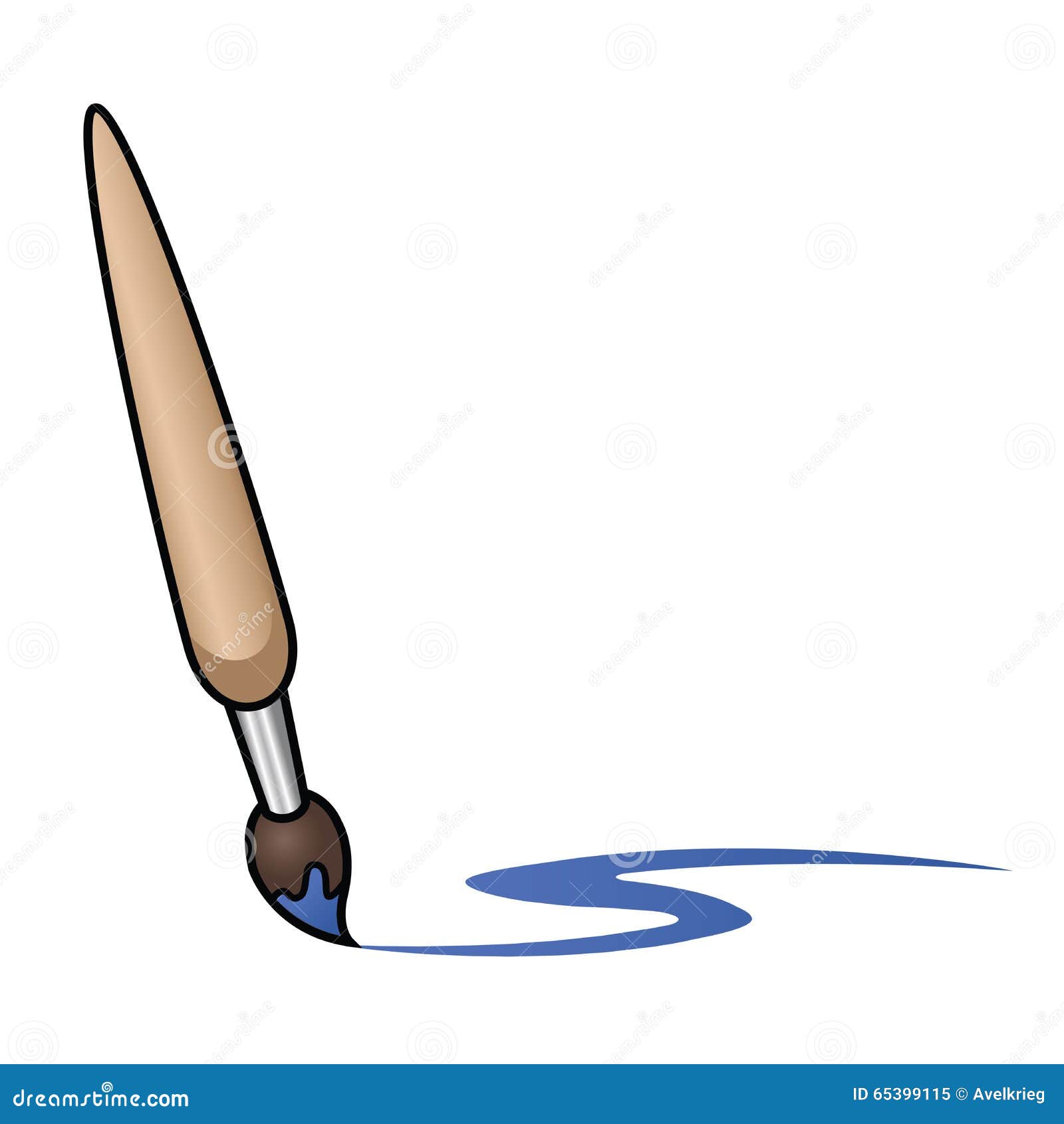


And when you're cutting the edge along the ceiling, detailing a window grate or door panel, or completing minute touch-ups after a piece of furniture scuffs a wall or a child's "art" requires removal, that large four-inch brush you love for wide-open walls might need to stand down while a two-inch brush steps up to the plate. Others require a synthetic brush, such as when you are working with a latex-based paint. Some jobs require a brush made with natural hairs, such as a project using oil-based paints or lacquers. That said, not all good paintbrushes are made the same. They clean well, retain their original shape, and if properly used, will last for years. Good brushes rarely if ever shed bristles and always feel well-balanced in your hand. And it means spending the money on good paint and, of course, on good brushes with which you'll apply said paint.Ī good paintbrush has durable but soft bristles that can hold lots of paint and release it easily with gentle pressure. It means cleaning and mending surfaces as needed, so the surface to be painted is in its best shape prior to the painting. That means plenty of care spent on the prep, from covering floors and furniture to dutifully taping edges and seams. Over the years, I've come to learn that DIY interior painting isn't really a huge challenge as long as you take the time to do things right.
#Paintbrush and paint free#
I enjoy painting projects so long as I have some free time to spare. And I've touched up the paint in more rooms than that more times than I can count. I've painted at least twenty rooms in my day, if you count a few rooms I've painted twice. By clicking ‘Sign up’, you agree to receive marketing emails from InsiderĪs well as other partner offers and accept our


 0 kommentar(er)
0 kommentar(er)
